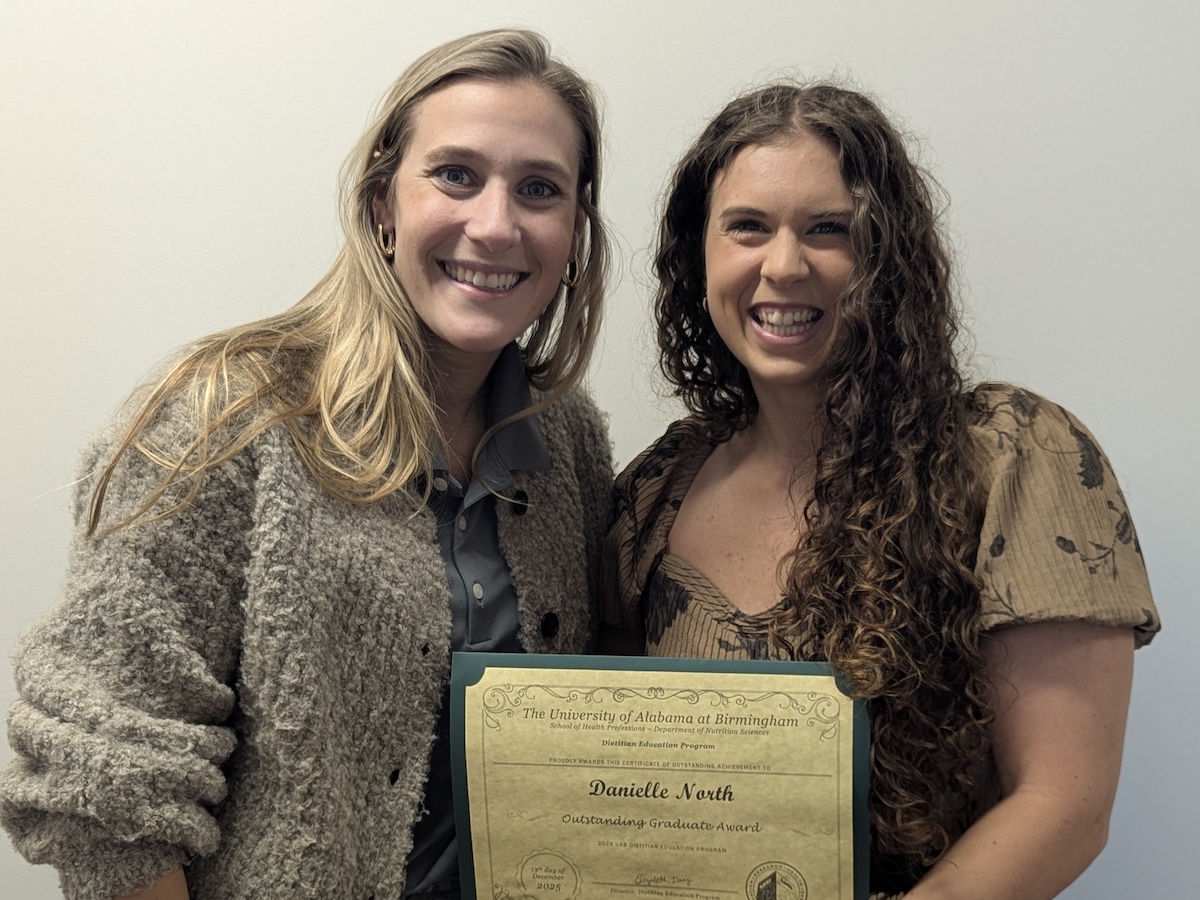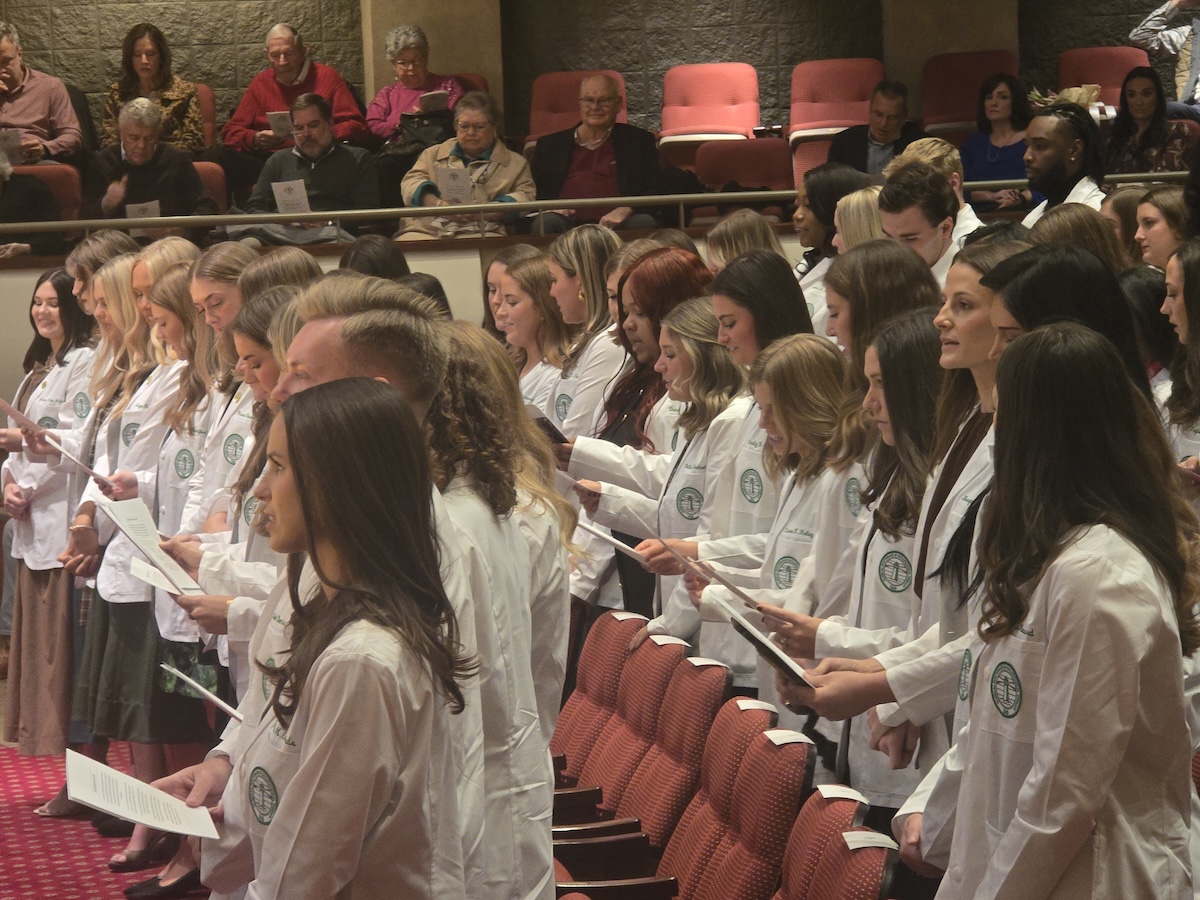Original story by Matt Windsor for The Mix UAB
In the Big Data era, information is plentiful. Insight is harder to come by.
Health apps are a case in point. More than two-thirds of American adults own a smartphone, and 62 percent of those smartphone owners use their devices to look up health information. They have plenty of options: A 2015 study found more than 165,000 health apps available on the Apple and Android app stores — a quarter of them focused on disease treatment and management, with the rest focused on fitness and wellness.
But which of these apps, if any, could a health organization actually recommend to its patients with confidence? What does the research say? Those are questions that Viva Health, the UAB-affiliated insurer, wants to answer. “Viva is interested in using apps to engage its members in more health-promotion activities,” says Robert Weech-Maldonado, Ph.D., professor and L.R. Jordan Chair of Health Administration in the Department of Health Services Administration at the UAB School of Health Professions. “Prevention is a major emphasis in health care, and the more we can use inexpensive technologies to help patients reduce their risk of disease, the better.”
There is a problem, however. “There’s a lot of literature on this topic right now, but nothing exists to assess the way that this technology influences health behaviors or outcomes,” says Nancy Borkowski, DBA, also a professor in the Department of Health Services Administration. “These are still open questions. Which health apps are effective? In which populations? For which diseases?” At the moment, there just isn’t enough evidence to validate recommending specific apps for patients, or for a health-care company to justify a major initiative in this area.

Investments driving innovation — driving ROI
That’s where the Center for Health Organization Transformation (CHOT) comes in. This year, UAB was one of two university sites added to the National Science Foundation-funded center, which is charged with developing innovative solutions to issues challenging the U.S. health-care system. (Weech-Maldonado and Borkowski are co-directors of the UAB CHOT.) Unlike many research centers, it is explicitly designed as a partnership between academic organizations and health systems, providers, insurers, medical device makers and other health industry-related members. Projects are focused on management, clinical and information technology breakthroughs.
Amy Landry, Ph.D., Howard W. Houser Endowed Professor in the UAB Department of Health Administration, is leading a project looking at health apps for diabetes prevention and management, with funding support from HealthSouth and the UAB Health System. It is one of five current CHOT projects involving UAB faculty. “These are short-term projects that can be accomplished in one year,” Weech-Maldonado says. “The industry partners want fast turnaround times — they can’t wait three years for an answer.” Partners get regular updates on progress through monthly webinars and at semi-annual CHOT conferences, he notes, and findings are published in academic journals as well.
CHOT research projects have already delivered new insights — and a significant return on investment for the center’s industry members. A digital decision support system developed by Georgia Tech and implemented in the emergency department at Atlanta’s Grady Memorial Hospital decreased patient wait times by 70 percent and overall stay lengths by 33 percent. A study by researchers at Texas A&M found that early mobilization programs among surgery patients saved $756 per patient and reduced hospital stays by 1.8 days. And an analysis of the physician-directed queuing model in an emergency department over one year by Penn State researchers found that length of stays decreased by 23 percent, door-to-doctor times decreased 62 percent, and door-to-bed times fell 91 percent.

Spreading partnerships
There are now 30 partners in the six CHOT university sites. “Our partners may have one or two real specific interests, but they get access to all of the information collected for studies throughout the center,” Borkowski says. And because each of the sites is chosen because of a unique research expertise, “we don’t duplicate the strengths of each other,” she adds.
UAB’s expertise is in health care management and information technology; other sites focus on engineering, systems analysis and education. The complementary strengths of the CHOT partners leads to cross-country collaborations. For example, “HealthSouth is very interested in ways to lower fall risk among its patients, which is a project that Northeastern University’s partners are also interested in,” Borkowski says. This resulted in a collaborative project, led by Tapan Mehta, Ph.D., assistant professor in the Department of Health Services Administration, which involves HealthSouth, UAB, and Northeastern’s partners.
“This is what NSF is looking for,” Weech-Maldonado says. “These are collaborations that may start small with two or three partners, but expand to be much more wide-ranging.”

Network power
The strength and longevity of UAB’s Master of Science in Health Administration program — more than 50 years old, and ranked second in the nation by U.S. News — along with the department’s other graduate and undergraduate degree programs, has opened many doors, Weech-Maldonado notes. “We have very strong connections with our alumni, who are in leading roles at hospitals and other health organizations around the country.”
As an example, UAB’s newest industry partner is Opelousas General Health System in Louisiana. Ken Cochran, DSc, RN, MBA, FACHE, Opelousas’ president and CEO and an alum, learned about UAB’s new role in the CHOT, “and he wanted his organization to be involved,” Borkowski says. “He could see the value of working with UAB researchers directly.”
Another project, led by Darrell Burke, Ph.D., and Midge Ray, Ph.D., faculty members in the Department of Health Administration, involves Alacare, a major home health agency in Alabama. Using survey and focus group data, the project is exploring the clinical staff use and satisfaction with telemedicine and point of care technology. “In this project, we are identifying the barriers to the use of technology and opportunities for training to facilitate the use of technology,” Borkowski says. “Findings from this study can improve the implementation of new technologies and ultimately impact quality of care.”

“A unique model”
“This is a unique model,” Weech-Maldonado says. “It’s rigorous research, not a consulting project. It’s focused on what is important to the field, but it can also inform practice on a rapid timescale. And it’s especially important for our teaching mission, as a way for our students to get experience on important projects and build bridges to many different organizations.”
“It’s very exciting,” adds Borkowski. “Our industry partners are telling us what their wicked challenges are, and we are helping them to solve those challenges.”

